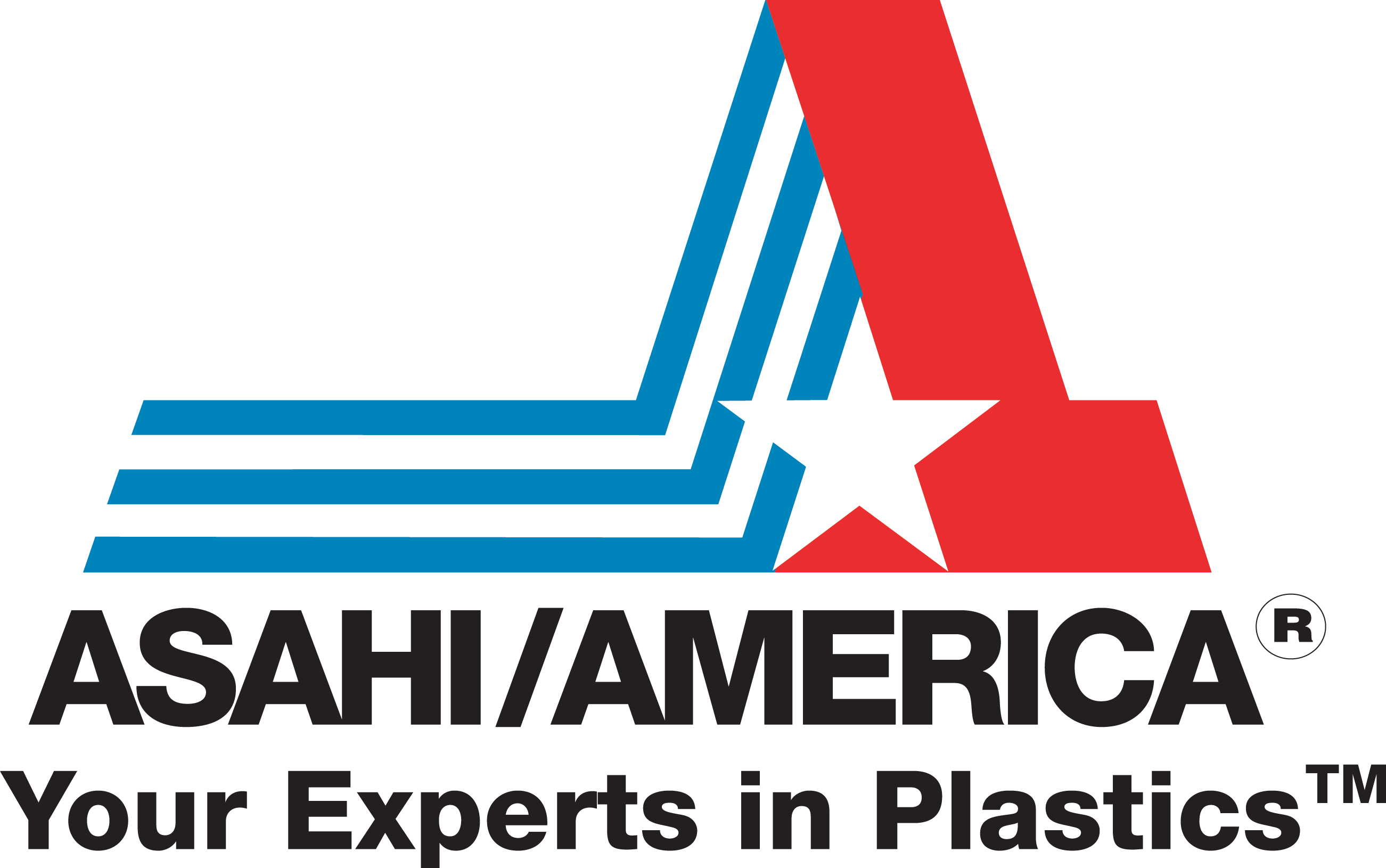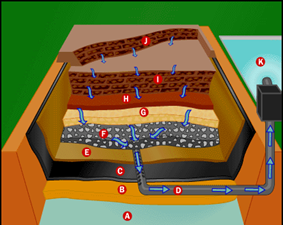

May 1, 2023
Inner Circle
Thermoplastics in Landfill Applications
When typical Americans dispose of their nearly 140,000,000 tons annually of dinner scraps, yard waste, and dusty old worn-out clothing, they might not realize the feats of engineering that go into designing the modern landfill. Aside from the sheer organizational requirements to collect, sort, and dispose of all that waste, there is big business in the contemporary landfill, with alternative energy sources for power creation being one the largest sources of income.
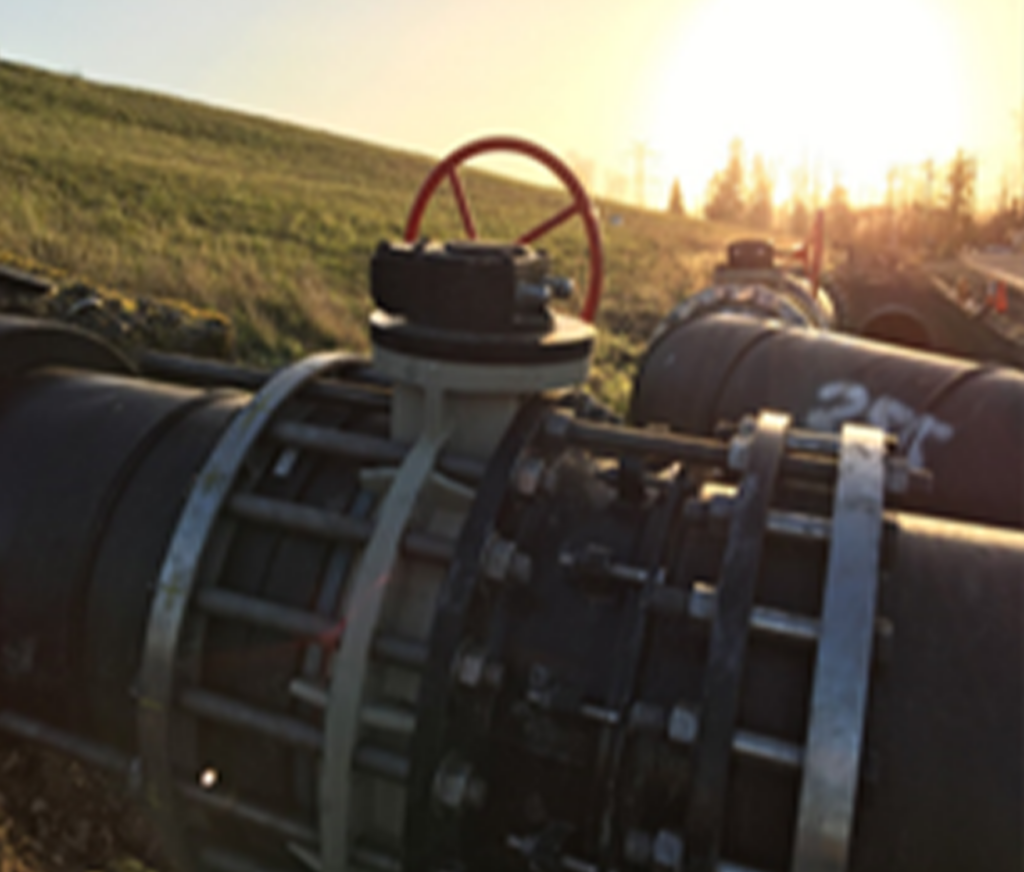
For example, Waste Management, one prominent landfill company, has 124 landfill gas-to-energy plants that generate 600 megawatts of energy – enough to power more than 400,000 homes daily and save the equivalent of more than seven million barrels of oil per year.
Asahi/America has a strong history of critical application services in the landfill business with success in simple applications such as small-bore ball valves, chemical resistant piping, and highly-critical double containment piping with leak detection technology. Some other common applications require massive 36″ diameter butterfly valves.
The majority of valve products that Asahi/America supplies to the landfills are used primarily in two services:
- Leachate Collection
- Methane Extraction
Leachate Collection System
Even with extensive planning and system designs, keeping water from entering and flowing out of a landfill (along with contaminants) is impossible. Rainwater, runoff from the surrounding area, and moisture from the waste material itself all become sources for water to enter and ultimately extract chemicals from the landfill waste. The water percolates through the cells and soil in the landfill much as water percolates through grounds of coffee in a drip coffee maker.
 As the water percolates through the trash, it picks up contaminants (organic and inorganic chemicals, metals, biological waste products of decomposition, etc.) just as water picks up coffee in the coffee maker. This water with the dissolved contaminants is called leachate and is typically acidic.
As the water percolates through the trash, it picks up contaminants (organic and inorganic chemicals, metals, biological waste products of decomposition, etc.) just as water picks up coffee in the coffee maker. This water with the dissolved contaminants is called leachate and is typically acidic.
Leachate is characterized by high levels of COD, pH, ammonia nitrogen, heavy metals, and intense color and foul odor. At the same time, the characteristics of the leachate also vary with regard to its composition and volume and biodegradable matter present in the leachate against time. All these factors make leachate treatment and handling difficult and complicated (1).
Leachate generation is a major problem for municipal landfills and causes a significant threat to surface water and groundwater.
To collect leachate, perforated pipes run throughout the landfill. These pipes then drain into a leachate pipe, which carries leachate to a leachate collection pond. Leachate can be transferred by gravity or pumped to the collection pond.
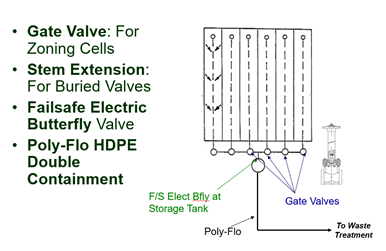
Given the acidic nature of the water, double contained piping is often used to protect the surrounding area and enforce requirements for containment on tanks and systems. Once the contaminated water is pumped from the ground, it is considered hazardous and requires special handling and containment. Asahi/America products, such as Poly-Flo® and Fluid-Lok®, have excelled in these applications.
Methane Collection System
Bacteria in the landfill break down the trash without oxygen (anaerobic) because the landfill is airtight. A byproduct of this anaerobic breakdown is landfill gas, which contains approximately 50 percent methane and 50 percent carbon dioxide with small amounts of nitrogen and oxygen.
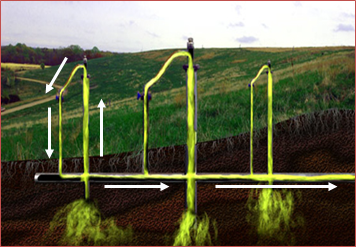 This mixture of gases presents a hazard because the methane can explode or burn. So, the landfill gas must be removed. To do this, a series of pipes or wells are embedded within the landfill to collect the gas. In some landfills, this gas is vented or burned.
This mixture of gases presents a hazard because the methane can explode or burn. So, the landfill gas must be removed. To do this, a series of pipes or wells are embedded within the landfill to collect the gas. In some landfills, this gas is vented or burned.
More recently, landfill gas has been recognized as a useful energy source; methane can be extracted from the gas and used as fuel. Historically, the excess gas would have to be burned since it’s never been viewed as cost-effective to compress the extra gas to liquid and sell it. However, new technologies to utilize methane gas at landfills are rapidly expanding.
The U.S. Environmental Protection Agency (EPA) has endorsed landfill gas as an environmentally friendly energy resource that reduces our reliance on fossil fuels like coal and oil. Like wind and solar, landfill gas is a natural resource that we can harness to produce green energy and has many benefits and advantages compared to fossil fuels.
Working on a landfill project? Contact Asahi/America today for information on our industry experience and product options!
EDITOR’S NOTICE: Please note, the information in this article is for educational purposes only and does not supersede any Asahi/America technical information or product specifications. Please consult Asahi/America’s technical department at 1-800-343-3618 or pipe@asahi-america.com on all product applications in regards to material selection based on the pressure, temperature, environmental factors, chemical, media, application, and more.
